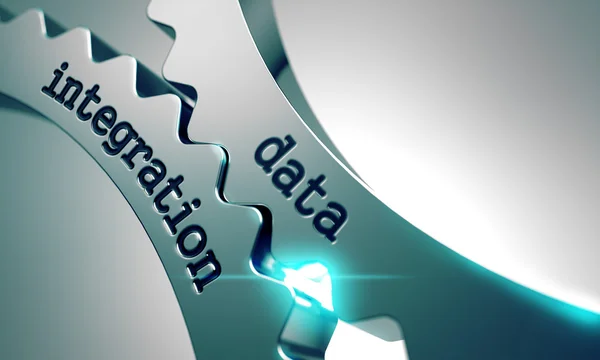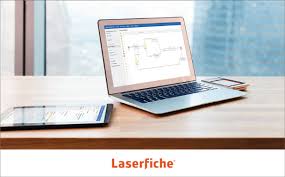Business process automation (BPA) is the use of technology to streamline and optimize repetitive tasks, such as data entry, invoicing, document management, etc. BPA can help businesses reduce costs, improve efficiency, enhance accuracy, and increase customer satisfaction. But how can you measure the return on investment (ROI) of using BPA versus paper processes? Here are some steps to follow:
- Identify the processes that can be automated. These are usually the ones that are manual, time-consuming, error-prone, or involve multiple systems or departments. For example, you can automate the process of sending invoices to customers, updating inventory records, or generating reports.
- Estimate the current costs of the paper processes. These include the direct costs of paper, printing, storage, postage, etc., as well as the indirect costs of labor, errors, delays, compliance risks, etc. For example, if you send 1,000 invoices per month using paper processes, you may spend $500 on paper and postage, $2,000 on labor (assuming $20 per hour for 100 hours), and $1,000 on error correction and customer service (assuming 10% error rate and $10 per error).
- Estimate the potential savings of using BPA. These include the reduced costs of paper, printing, storage, postage, etc., as well as the increased efficiency, accuracy, speed, and customer satisfaction. For example, if you use BPA to send 1000 invoices per month, you may spend $100 on software subscription fees, $500 on labor (assuming $20 per hour for 25 hours), and $100 on error correction and customer service (assuming 1% error rate and $10 per error).
- Calculate the ROI of using BPA versus paper processes. The formula for ROI is:
ROI = (Benefits – Costs) / Costs * 100%
In our example,
Benefits = Savings of using BPA – Costs of using paper processes
= ($500 + $2,000 + $1,000) – ($100 + $500 + $100) = $2,800
Costs = Costs of using BPA
= $100 + $500 + $100 = $700
ROI = ($2,800 – $700) / $700 * 100% = 300%
This means that for every dollar spent on BPA, you get three dollars back in benefits.
- Compare the ROI of using BPA versus paper processes with industry figures and benchmarks. According to various sources, BPA can typically result in cost savings of 40% to 90%, with payback periods ranging from several months to several years. In our example, we achieved a cost savings of 80% and a payback period of less than a month, which is well above the industry average. Actual cost savings and payback periods will vary, however, it’s a fairly easy calculation to illustrate the opportunity loss for not transforming your business with Business Process Automation.
As you can see, using BPA versus paper processes can have a significant impact on your bottom line. By following these steps, you can calculate the ROI of using BPA for your specific processes and compare them with industry figures and benchmarks. This will help you justify your investment in BPA and demonstrate its value to your stakeholders.





